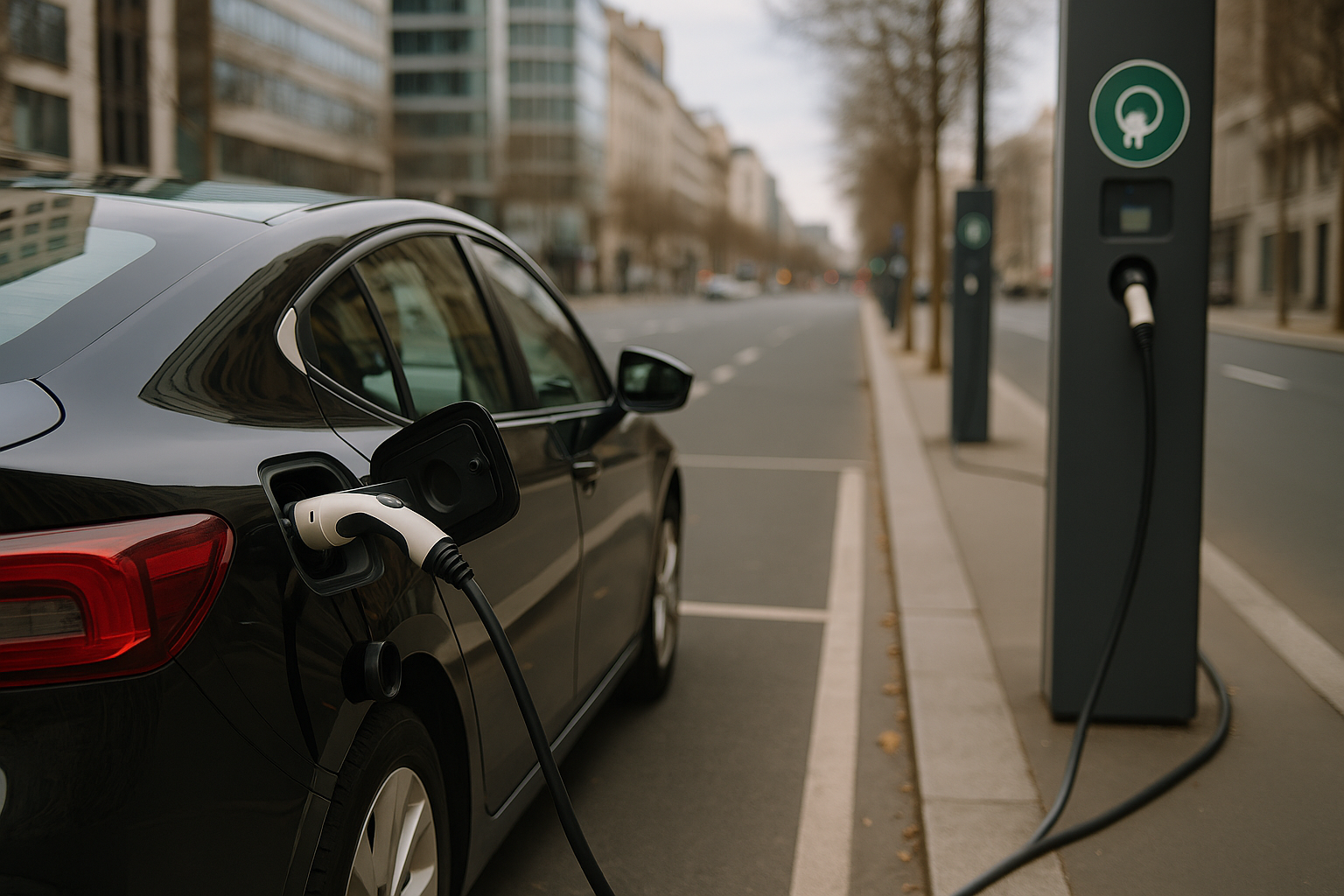Introduction
From Gas to Grid: How Cities Are Preparing for the EV Takeover. Ten years ago, the idea of replacing gas stations with electric vehicle (EV) charging hubs seemed far-fetched. Today, it’s not just plausible—it’s inevitable. Cities around the globe are bracing for the electric vehicle revolution. With EVs projected to make up over 60% of new car sales by 2030, urban infrastructure must evolve rapidly to keep pace. But the shift isn’t just about vehicles—it’s a complete overhaul of energy systems, city planning, and even public behavior.
In this post, we dive into how cities—from Amsterdam to Austin—are adapting their infrastructure and policies to meet the growing demands of electric mobility.
Table of Contents
The EV Surge: What’s Fueling the Shift?
Governments and automakers are investing billions in electric mobility. According to the International Energy Agency (IEA), global EV sales crossed 14 million in 2023, nearly doubling from 2021 numbers. The reasons? Falling battery costs, rising fuel prices, and growing concerns about climate change.
Additionally, policy initiatives like India’s FAME II, the EU’s Fit for 55, and the U.S. Inflation Reduction Act are pushing cities to transition faster. Local governments, often at the front line of implementation, are tasked with converting this momentum into action.
Reinventing the Urban Power Grid
The biggest challenge cities face isn’t just installing chargers—it’s upgrading the grid. Unlike gas stations, which require periodic refills, EVs place constant demand on electricity infrastructure. Cities like Los Angeles and Shanghai are investing in smart grids, integrating solar, wind, and battery storage to handle the load.
For instance, London’s Transport for London (TfL) has partnered with Shell to deploy ultra-rapid EV chargers across boroughs, powered partly by renewable energy. Similarly, New York City is retrofitting its existing grid to support Level 3 fast chargers, which can charge a vehicle in under 30 minutes.
Turning Parking Lots into Charging Hubs
As curbside space becomes more limited, cities are reimagining existing infrastructure. Unused parking lots, mall garages, and even lampposts are being transformed into charging stations.
Amsterdam is leading the charge by integrating EV chargers into streetlamps, using existing electrical wiring to avoid the need for new construction. Closer home, Bangalore has launched the Electric Vehicle Charging Infrastructure Policy, encouraging private landowners and malls to install public chargers with government incentives.
The result? A decentralized, widespread charging network that reduces range anxiety and makes EV adoption practical for everyday users.
Public Transit Electrification
It’s not just private vehicles making the switch. Buses, taxis, and municipal fleets are undergoing electrification at scale. Santiago, Chile, now operates the largest electric bus fleet outside of China, while Los Angeles has pledged to convert its entire bus fleet to electric by 2030.
Electrifying public transport offers dual benefits: lower emissions and significant operational cost savings. However, it also requires depot charging solutions, retraining of staff, and investment in vehicle-to-grid (V2G) tech that allows buses to feed power back into the grid when idle.
Equity and Accessibility Challenges
While EVs are often seen as a clean future, they also risk becoming an elite trend unless accessibility is prioritized. Urban poor and marginalized communities often live in areas with less infrastructure and fewer public chargers.
Cities like Oslo and San Francisco are addressing this by offering subsidies to low-income EV buyers, and mandating EV infrastructure in affordable housing developments.
In India, the Delhi EV Policy specifically includes incentives for electric rickshaws and commercial two-wheelers—a nod to the localized nature of transportation in developing economies.
The Role of Private Sector Partnerships
Governments can’t do it alone. Companies like ChargePoint, Tata Power, Blink Charging, and Tesla Superchargers are entering partnerships with municipalities to expand charging coverage.
In a notable example, BP Pulse is working with local councils in the UK to install thousands of EV chargers at taxi stands, parking lots, and petrol forecourts. These collaborations ensure that infrastructure keeps pace with adoption without overburdening public budgets.
Check out this feature on Bloomberg to explore such partnerships in more depth.
Policy Innovations Driving Progress
Cities are introducing a mix of mandates, incentives, and disincentives to drive EV readiness:
- Low Emission Zones (LEZs): Cities like Milan and Paris now restrict petrol/diesel vehicle entry to central zones.
- Building Code Updates: In California, new buildings must include EV charging provisions.
- Parking Privileges: Some municipalities allow free parking or HOV lane access for electric vehicles.
These policies collectively create a favorable ecosystem that nudges both consumers and developers toward electrification.
Real-World Examples: What’s Working?
Let’s take a look at a few standout cities and their EV readiness:
- Oslo, Norway: 90% of all new cars sold are electric. The city offers free tolls, charging, and ferry access for EVs.
- Shenzhen, China: The first city in the world to fully electrify its public bus fleet—over 16,000 buses.
- Los Angeles, USA: Home to the BlueLA EV car-sharing service, focused on disadvantaged neighborhoods.
For a deeper dive into these success stories, visit this World Economic Forum article.
Barriers That Still Remain
Despite momentum, significant hurdles persist:
- Charging Speed vs. Availability: Fast chargers are expensive and limited, while slower chargers aren’t practical for short stops.
- Grid Capacity: Peak load demand during evenings could cause blackouts in unprepared cities.
- Behavioral Shifts: Car buyers are still wary of limited range and long charging times.
To overcome these, cities must invest not just in hardware, but in educational outreach, incentives, and urban redesigns that favor shared, sustainable transport.
Conclusion: The Road Ahead
Transitioning from gas to grid isn’t just about cleaner transport—it’s about building resilient, inclusive, and tech-forward cities. The EV movement is a golden opportunity to rethink how cities consume energy, manage space, and connect their citizens.
But success hinges on collaborative action: between governments, utility providers, carmakers, and most importantly, citizens. If done right, the EV takeover won’t just clean the air—it’ll redefine urban life itself.
You can find more Automobile content:
https://allinsightlab.com/category/automobiles/

